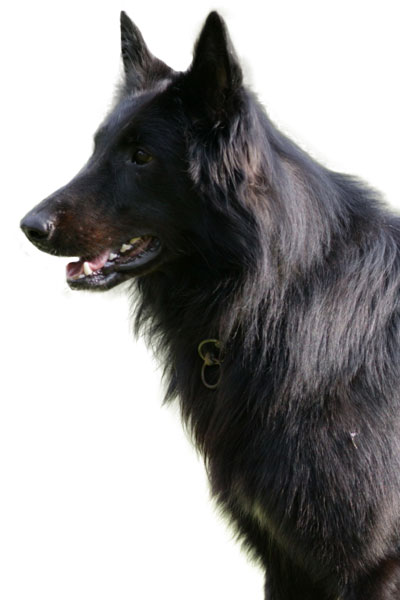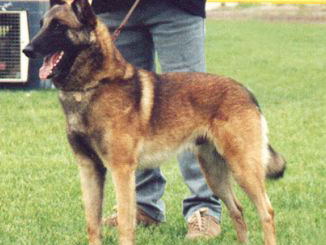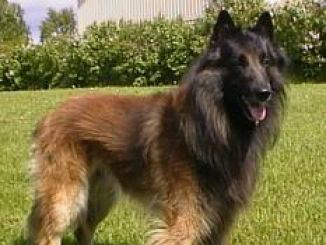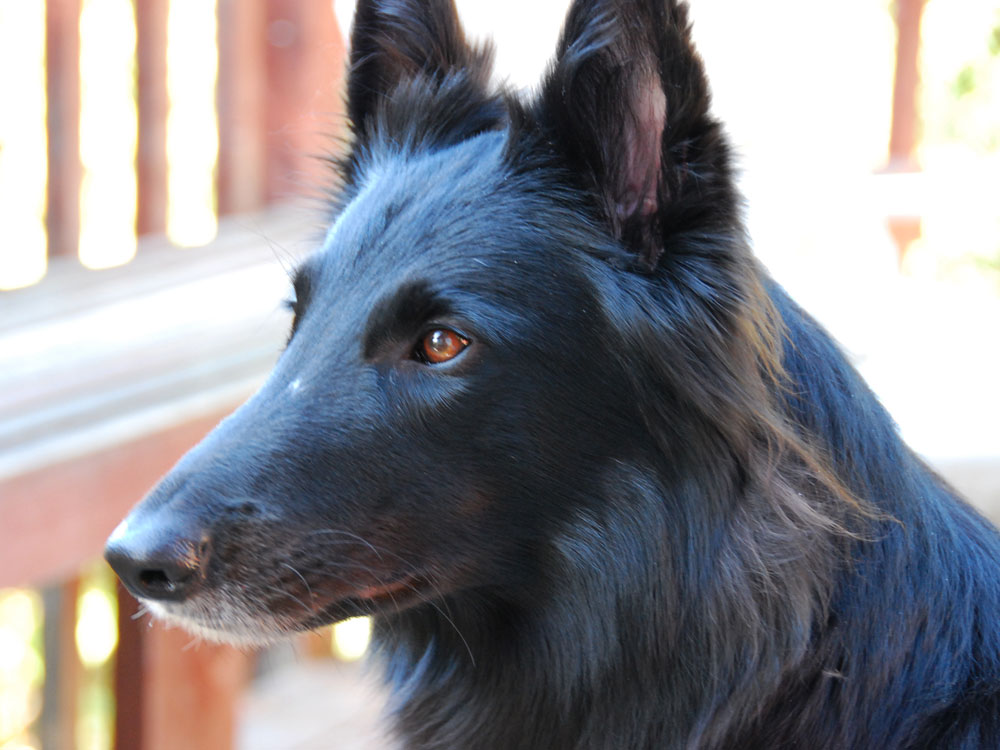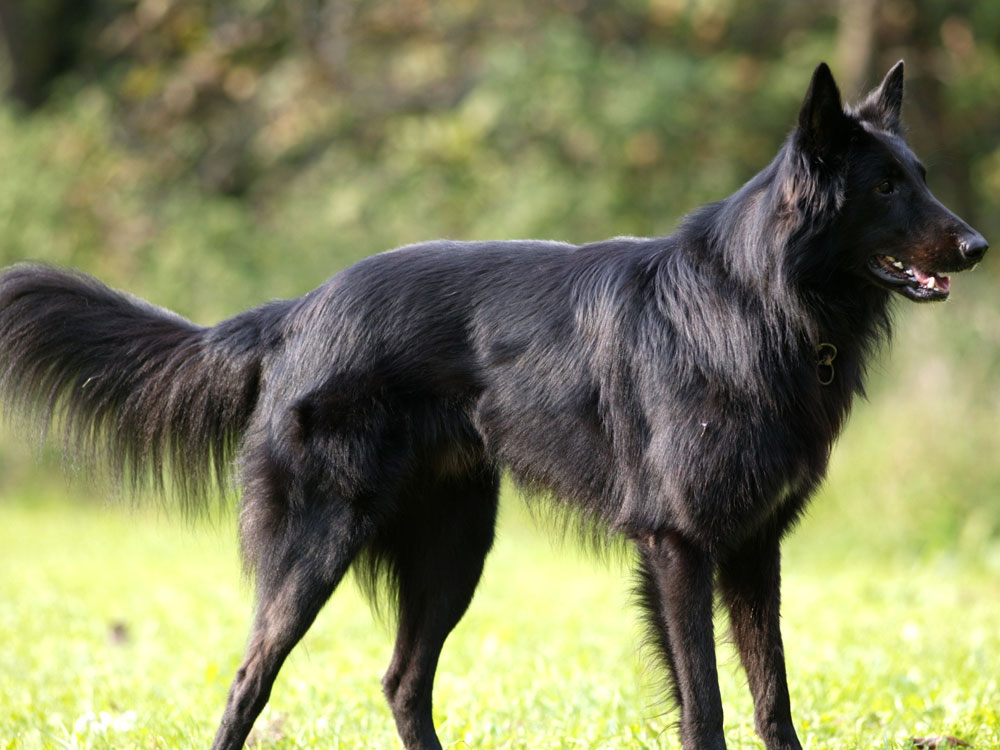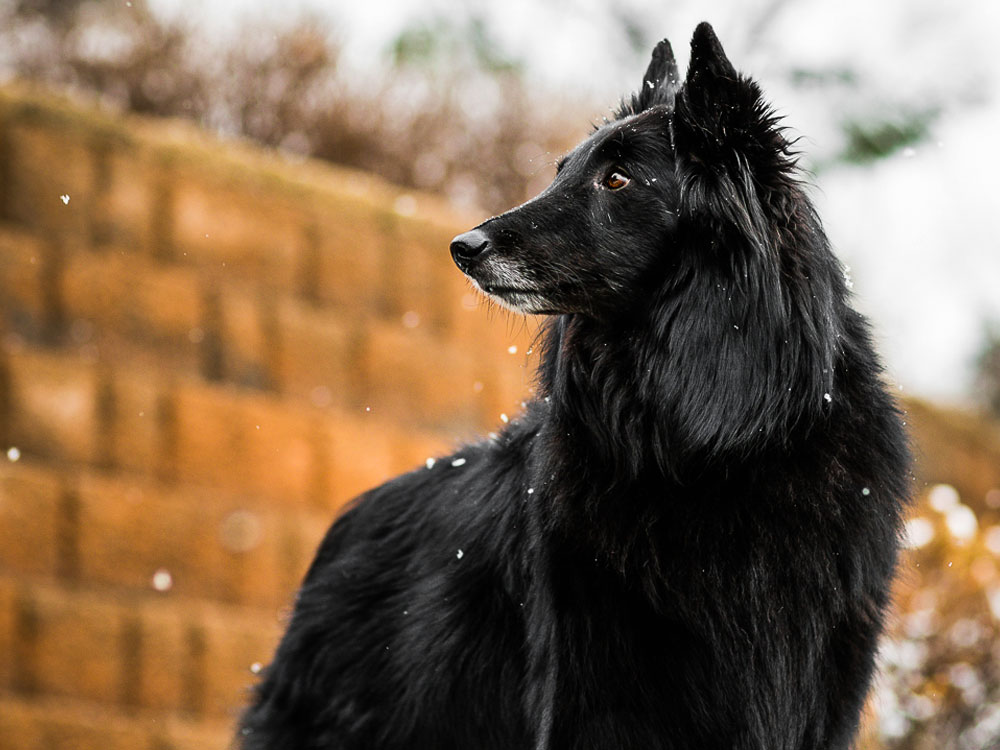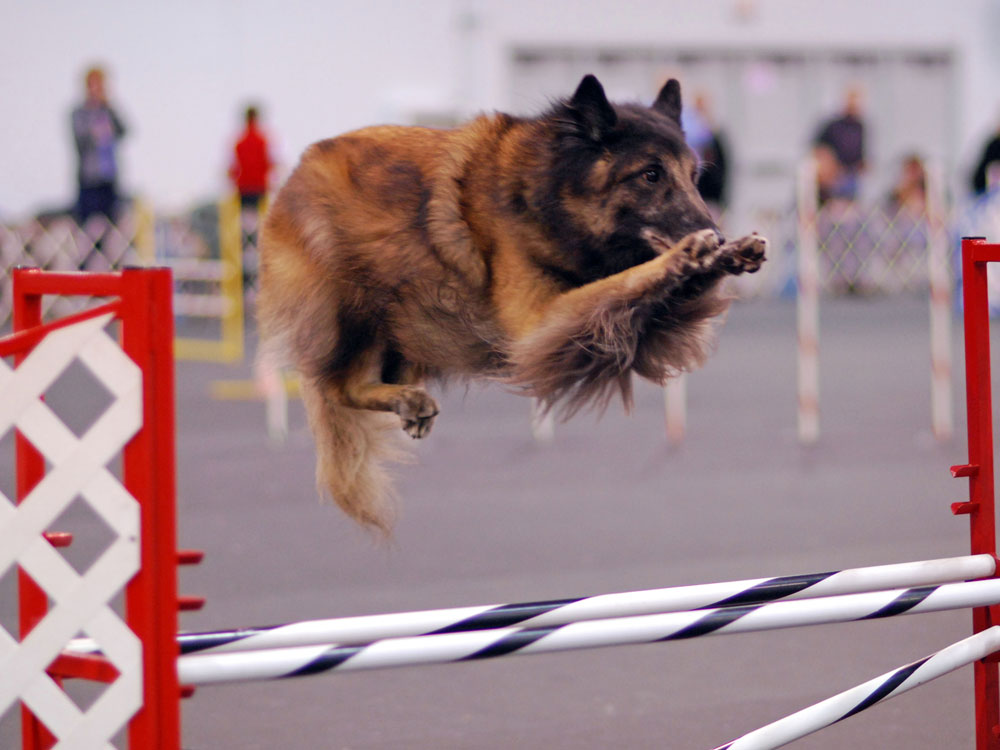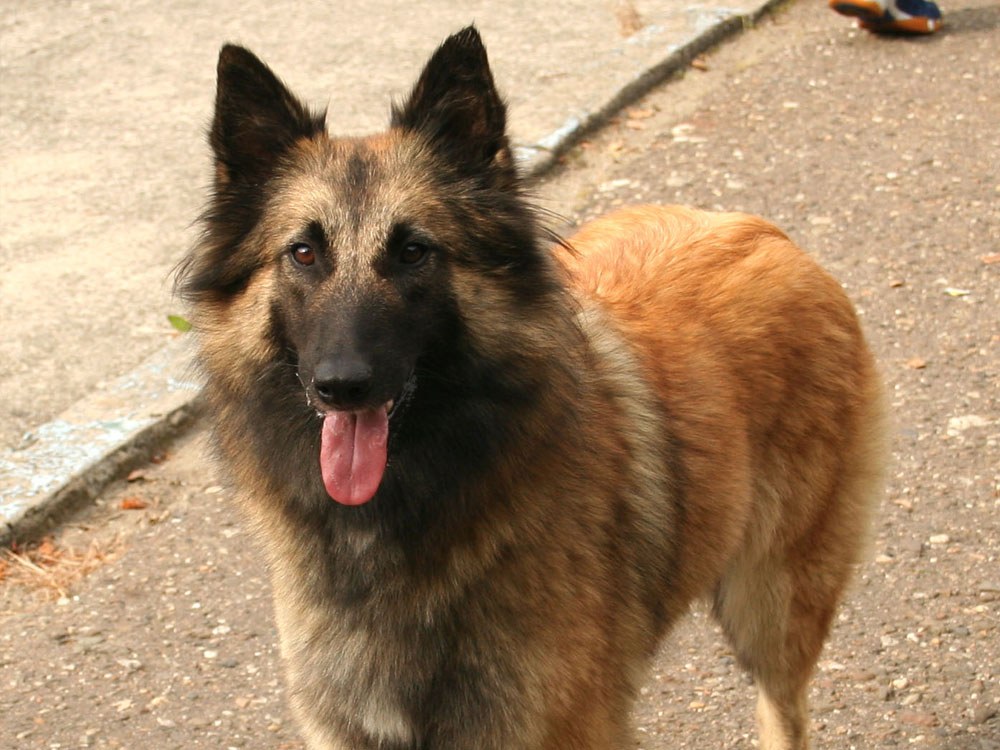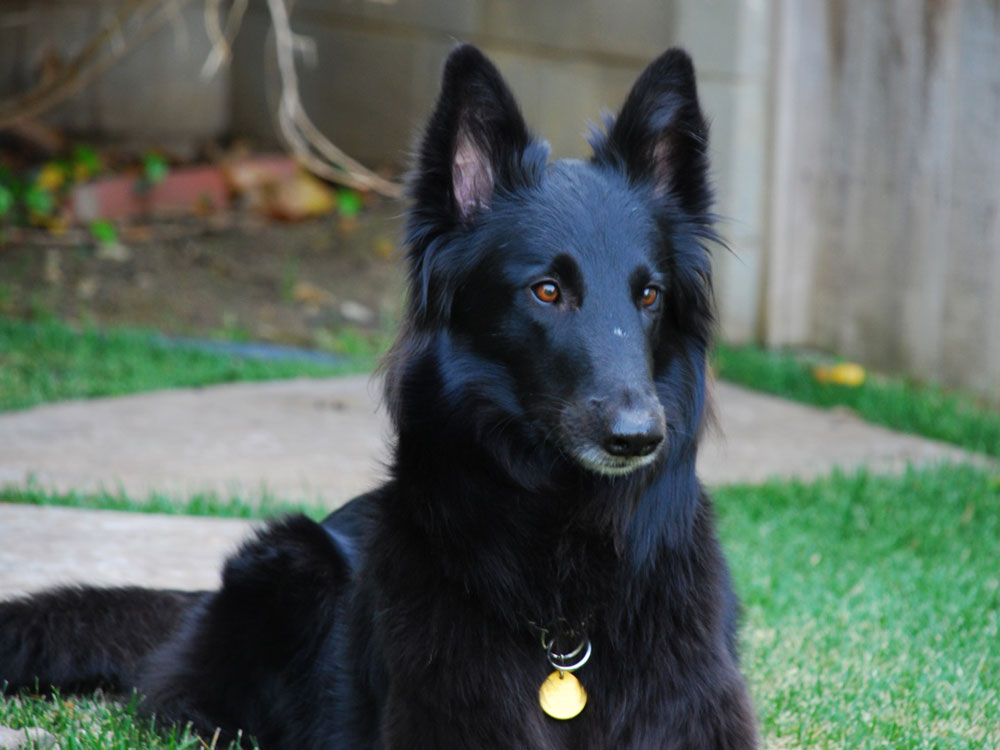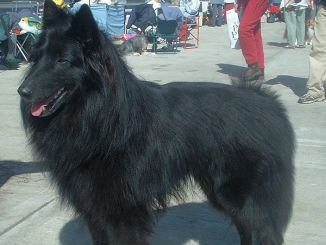
Belgian Shepherd Dog Breed Pictures
Vital Breed Stats
| Height: | 56 - 61 cm M | 56 - 61 cm F |
| Weight: | 29 - 34 kg M | 27 - 32 kg F |
| Breed Group: | Hound Dog Group |
| Life Expectancy: | 10 - 13 years |
| KC Registered: | No |
Breed Characteristics
| Size: |  |
| Grooming: |  |
| Exercise Level: |  |
| Trainability: |  |
| Barking Level: |  |
| Good with Children: |  |
| Good with other pets: |  |
| Affectionate: |  |
| Protective: |  |
| Cost to Keep: |  |
Give a thumbs up if you love the Belgian Shepherd Dog

0
More About the Breed
History
The Belgian Shepherd is a native of Belgium and dates back in the 1800s when Europe, including Belgium, desired to have a national dog breed for their homeland. Thus, on 29th September 1891, the Belgian Shepherd Dog Club was formed.
It was later in November 1891 when Professor Adolph Reul of the Curegham Veterinary Medical school, together with other shepherd-dog fanciers, gathered specimens of shepherd dogs around the area in Tervuren, Groenendael, Mechelen, and Laeken in Belgium.
Belgian breeders agree that this dog breed must conform to common talents required for a first-class herd dog except for its coat. The four breeds of shepherd dogs we have today are the four varieties of coat named for each area where the specific coat was favoured.
Appearance
The Belgian Shepherd dog is a medium to large dog and comes in four varieties that differ mainly in their coats. The Malinois has a short, coarse coat and mahogany-coloured. The Groenendael has relatively long hair. The Laekenois has wiry, short, and overall fawn-coloured hair intermixed white hairs. The Tervueren has thicker, long coat longer than the Groenendael. They all sport double coats where the undercoat is very dense and the topcoat is profused with hair.
Other than their coats, the four varieties of BSD breeds have similar appearance and structure. They have long and finely chiselled heads. Foreheads are domed-shape, muzzles are square-cut and moderately long, and black noses have flared nostrils. Their eyes are almond-shaped and the mouth is firm and well-pigmented, supported with strong jaws. Their height from the ground to the withers is equal to its length (tail not included).
Grooming
Grooming-wise, Belgian Shepherds are high-maintenance when it comes to their coat. Since they have profuse undercoats, a weekly brushing is essential. Spring and autumn require more frequent brushing since at these times of the year, they tend to shed more.
Other grooming requirements include teeth and nails. Brush the BSD's teeth twice or thrice a week to remove tartar and prevent gum disease and bad breath. Regularly trim nails to keep their feet in excellent condition. As you groom, look for signs of infection such as redness, unusual warmth, and tenderness. If you find anything that is not normal, consult a veterinarian.
Temperament
The Belgian is not so friendly around new people but not to the point of showing aggressive behaviour. It likes to observe in the distance until it gets to know them. This aloof and watchful behaviour is natural as it is bred to protect.
The Belgian Shepherd is devoted to its family including the children. It loves to play a lot of interactive games with the children; however, this must be supervised. Active dog breeds often get rough during play and may unintentionally knock over smaller kids. A Belgian can live well with cats and other pets in the household, as long as they grow up together.
Intelligence
Nutrition
- Senior and less active: up to 1250 calories daily
- Typical adult: up to 1400 calories daily
- Physically active/working dog: up to 1570 calories daily
Feeding
Health
Exercise
Cost of Ownership
The Belgian Shepherd is a high-maintenance dog because of its coat, so grooming may cost you more than other dogs of its size. Before that, you have to be financially prepared to set aside a budget into purchasing and raising this dog breed. A Belgian puppy costs around £500 to £900, significantly more if it's a well-bred pedigree one. Pet insurance expense is £20 a month for a basic policy, whilst a lifetime policy will cost you £40 a month.
Other costs include veterinary health check-ups, vaccinations, spaying/neutering, and boosters, which may cost you as high as £1,000 per year. Then, you have to consider costs to buy dog supplies and equipment (e.g., dog leads, bowls, collars, and beds).
Is a Belgian Shepherd Dog Right for You?
- The Belgian Shepherd is an extremely intelligent dog.
- It is quick to learn and great at canine activities.
- The Belgian is natural watchdog as it was bred as a herding dog.
- The breed is not suitable for a small city apartment as it needs space to roam.
- Grooming-wise, it is high-maintenance because it has a dense undercoat and sheds heavily.
